Your cart is currently empty!
Розкопки у Батурині 2019 року: Кахлі гетьманської столиці
In spite of the pandemic, Canadian and Ukrainian scholars continue their archaeological and historical study of the historic town of Baturyn in Chernihiv oblast in northeastern Ukraine. Based on new studies, in their new Ukrainian-language 2020 booklet (36 pp., 70 colour and B&W illustrations) the authors overview the history and culture of Baturyn during the […]
In stock
Description
In spite of the pandemic, Canadian and Ukrainian scholars continue their archaeological and historical study of the historic town of Baturyn in Chernihiv oblast in northeastern Ukraine. Based on new studies, in their new Ukrainian-language 2020 booklet (36 pp., 70 colour and B&W illustrations) the authors overview the history and culture of Baturyn during the Polish rule over central Ukraine, the Khmelnytsky Uprising, and the town’s dynamic development as the capital of the Cossack state from 1669, especially under Hetman Ivan Mazepa, before its total destruction in 1708 by Muscovite (Russian) troops bent on suppressing Mazepa’s insurrection against the Moscow domination of Ukraine.
The brochure examines the excavated remnants of an intriguing underground tunnel on Mazepa’s estate, the home of General Chancellor Pylyp Orlyk, and a suburban Cossack dwelling burned during the Muscovite onslaught. Researchers present their computer graphic reconstructions of the ornate glazed ceramic tiles that adorned the heating stoves at Mazepa’s palace and the Cossack elite residences of the turn of 17th-18th centuries. Included are partial reconstructions of two ruined tiled stoves from Orlyk’s home decorated with his and Mazepa’s uniquely designed coats of arms. These masterful stove tiles manufactured in the hetman capital represent the high point of Ukrainian baroque ceramic and heraldic arts. Although Hetman Kyrylo Rozumovsky rebuilt Baturyn in the 1750s, the local production of such stove tiles with relief images in the Ukrainian baroque style never recovered after the town’s 1708 destruction.
Additional information
| Weight | 0.162 kg |
|---|---|
| Dimensions | 28 × 22 × 0.5 cm |
| Author | |
| Format | Paperback |
| Language | Ukrainian |
| Pages | 36 |
| Year Published | 2020 |
Only logged in customers who have purchased this product may leave a review.
You may also like…
-
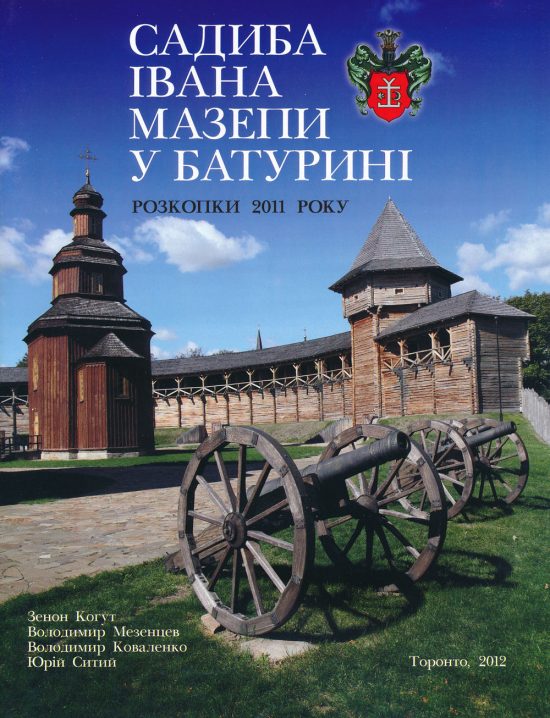
Садиби Івана Мазепи у Батурині
$8.95 Add to cart -
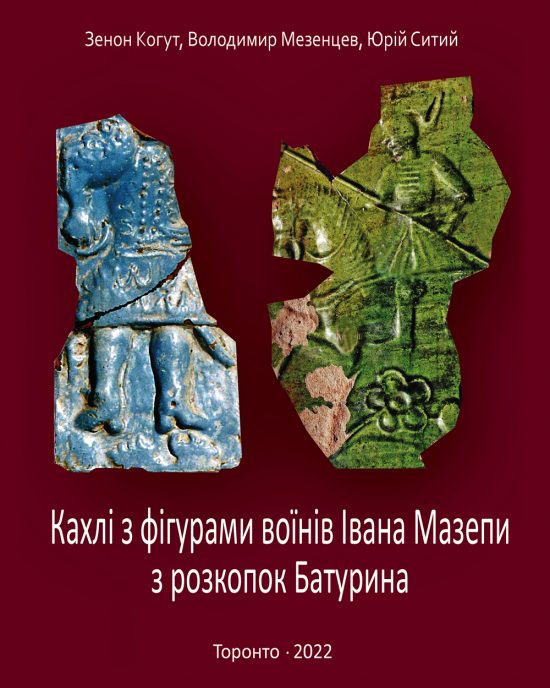
Кахлі з фігурами воїнів Івана Мазепи з розкопок Батурина
$8.95 Add to cart -
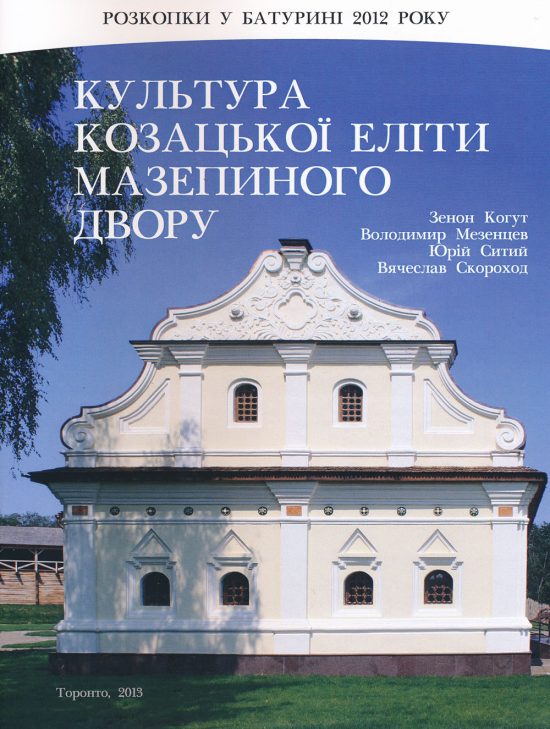
Культура козацької еліти Мазепиного двору
$8.95 Add to cart -
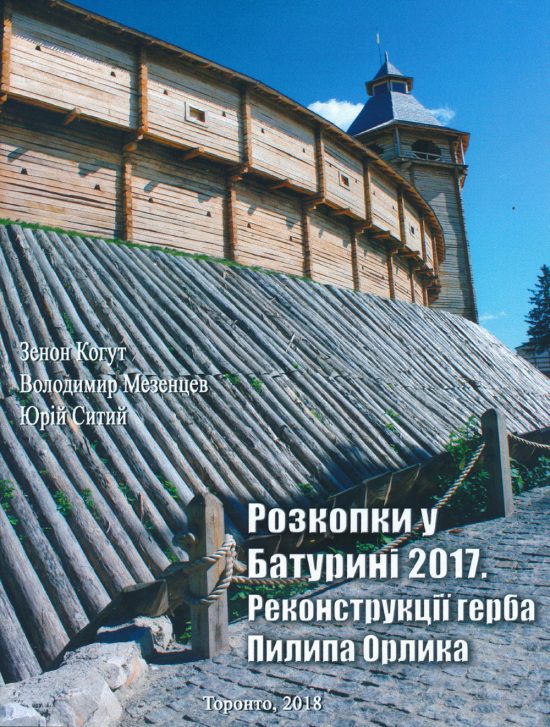
Розкопки у Батурині 2017
$8.95 Add to cart -
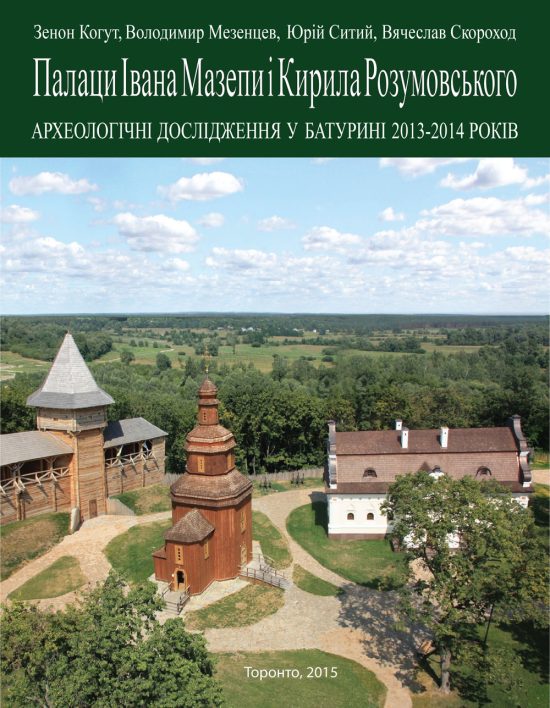
Палаци Івана Мазепи та Кирила Розумовського
$8.95 Add to cart -
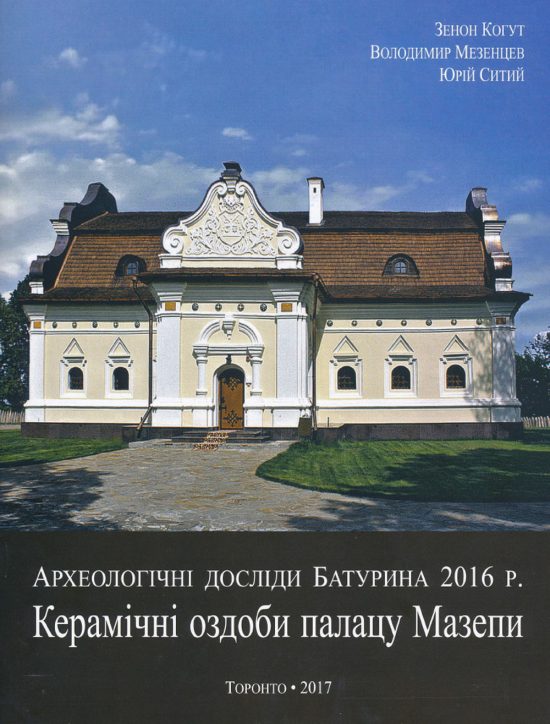
Археологічні досліди Батурина 2016 р.
$8.95 Add to cart -
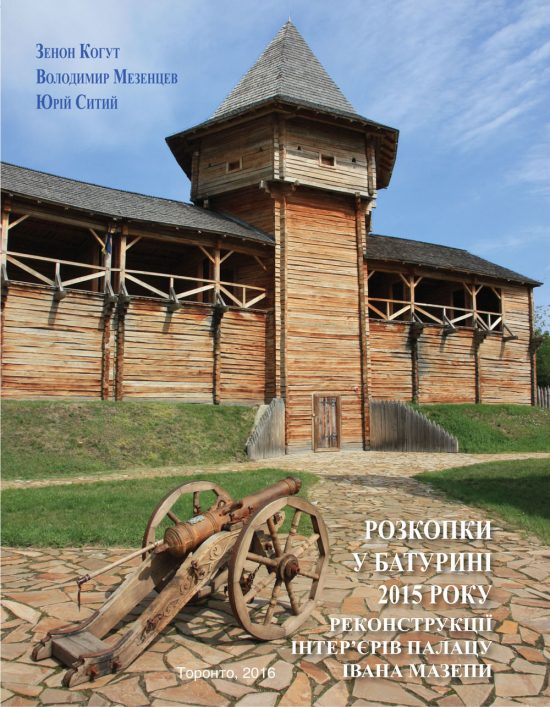
Розкопки у Батурині 2015 року
$8.95 Add to cart -

Батуринська старовина
$59.95 Add to cart -

Археологічні студії Батурина 2018-2019
$8.95 Add to cart

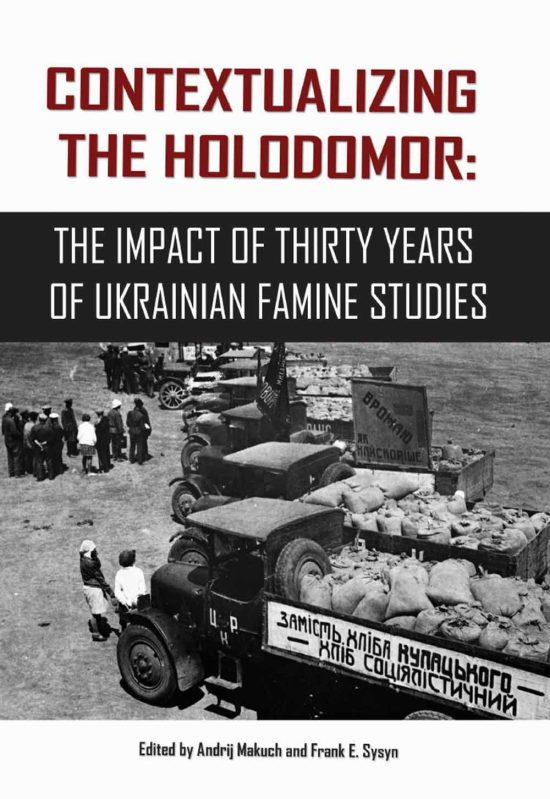
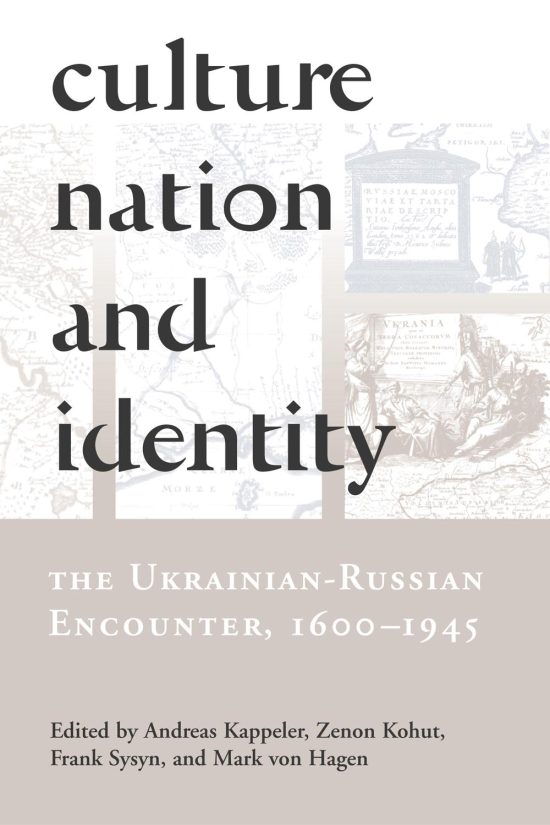

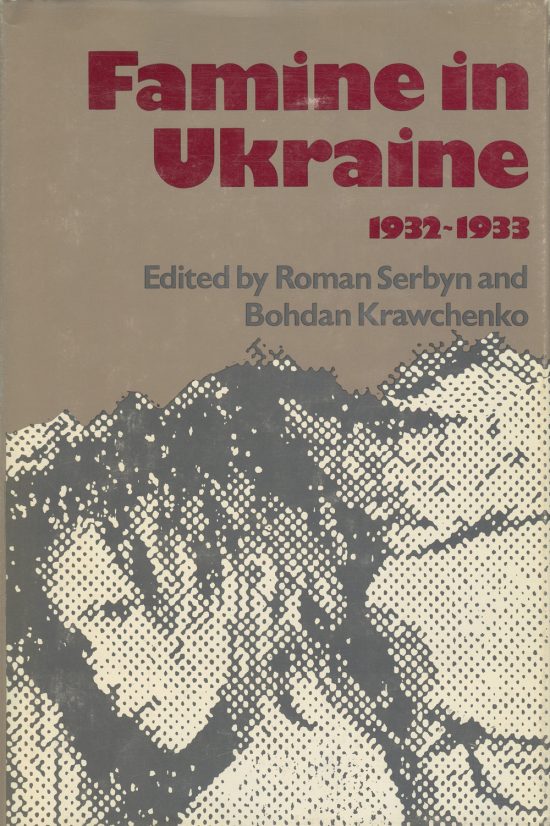
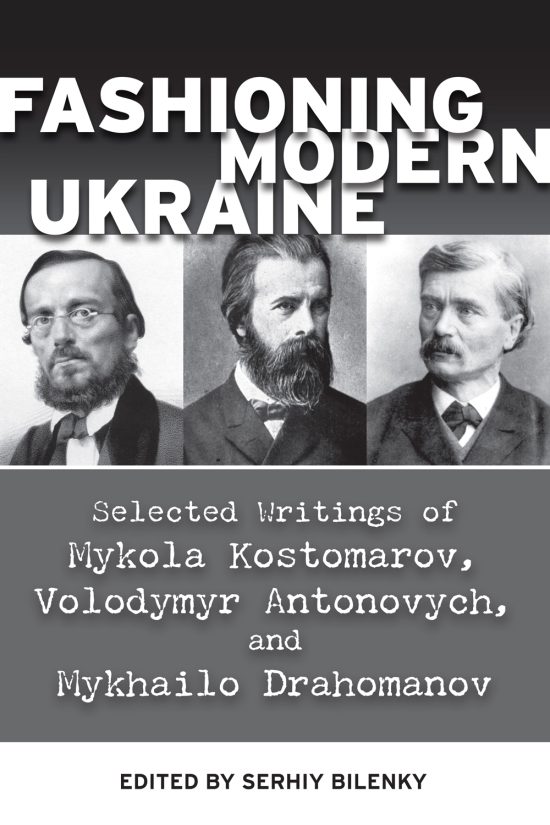
Reviews
There are no reviews yet.